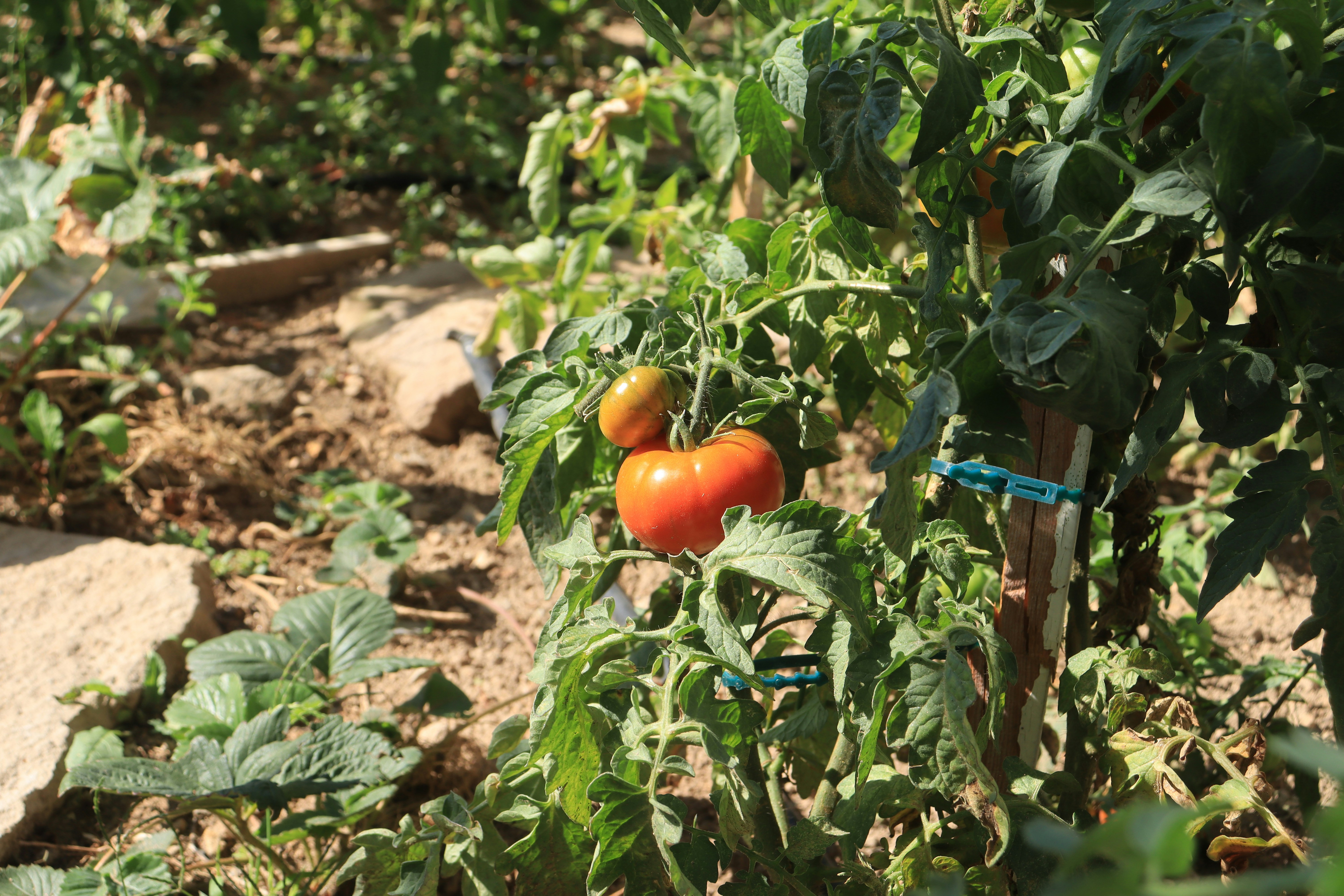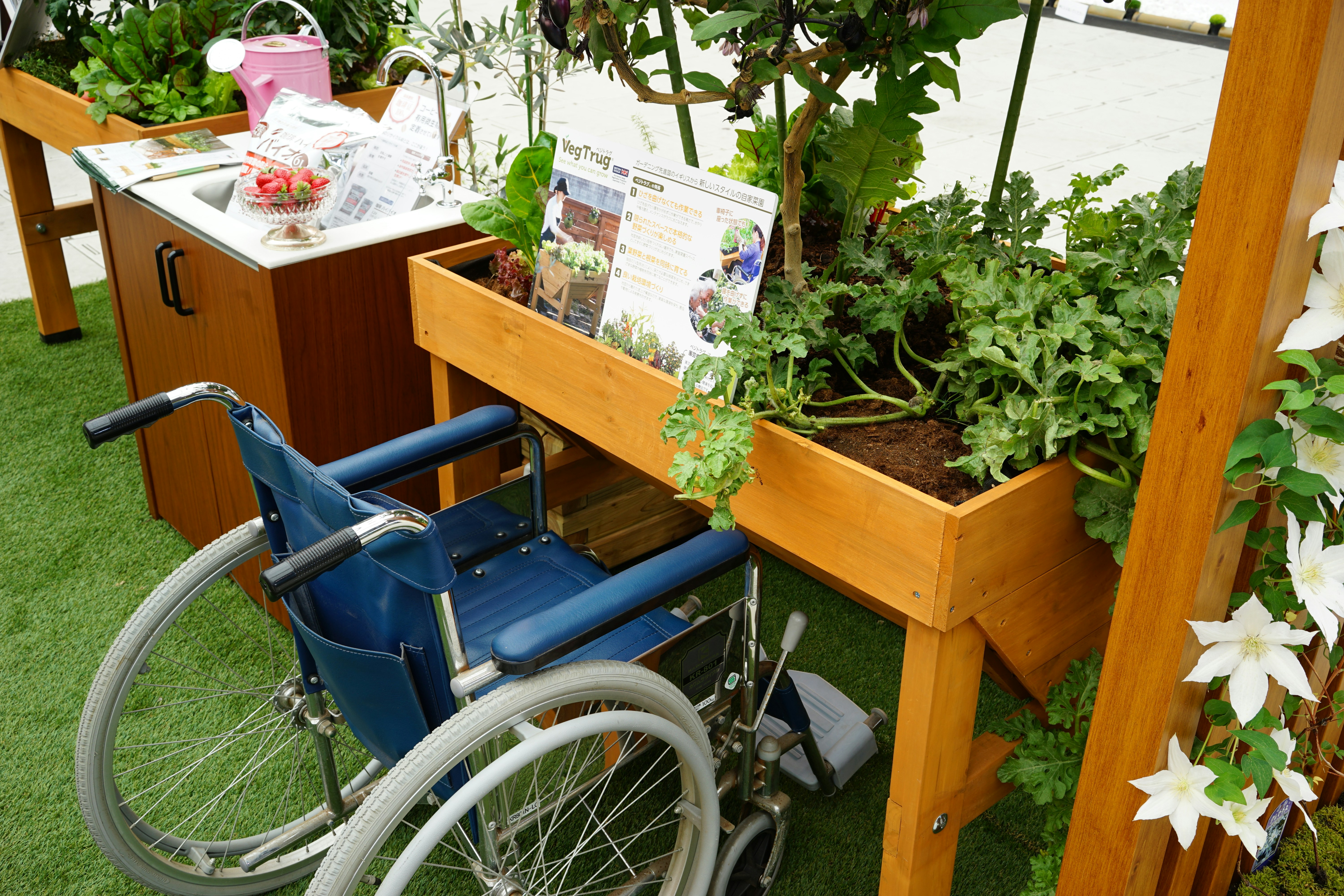Introduction: Tomato Love in the U.S.
The tomato is often heralded as a quintessential ingredient in American cuisine, beloved not just for its versatility in dishes but also for its vibrant flavor profile. From fresh salads and hearty sauces to classic dishes like pizza and burgers, tomatoes play a pivotal role in American culinary traditions. Gardening enthusiasts across the United States have embraced tomato cultivation, considering it more than just a growing practice but a rewarding and fulfilling hobby.
There is a unique satisfaction found in nurturing a tomato plant from seedling to fruiting mature icons of the garden. This beloved vegetable (technically a fruit) has become a symbol of summer, with many Americans eagerly anticipating the moment when they can harvest their homegrown, juicy tomatoes. Growing tomatoes captures the essence of gardening, intertwining patience, skill, and passion. Whether you are a novice tending your first plant on a small patio or an experienced gardener tending rows of heirlooms, the joy of picking ripe tomatoes straight from the vine remains universal and unparalleled.
Moreover, the benefits of growing tomatoes extend beyond enjoyment and satisfaction. These nutrient-dense fruits are packed with vitamins, minerals, and antioxidants, making them a healthy addition to any diet. The allure of having access to fresh, organic produce that is free from pesticides and additives further fuels the tomato-growing trend across the country. In fact, for many, cultivating tomatoes becomes not only a pursuit of taste and health but also a dedication to sustainable practices.
Regardless of the scale of your gardening endeavor, the experience of growing your own tomatoes, filled with anticipation and triumph, can bring a sense of pride and accomplishment. With proper knowledge and techniques, anyone can transform their gardening space into a flourishing tomato haven, cultivating both juicy produce and cherished memories in the process.
Choosing the Right Variety
When it comes to cultivating tomatoes at home, selecting the right variety is fundamental to ensuring a bountiful harvest that meets culinary needs. Among the myriad of options available, some of the most popular types include cherry, Roma, beefsteak, and heirloom tomatoes. Each variety possesses unique attributes that cater to different palates and uses in cooking.
Cherry tomatoes are renowned for their vibrant color and sweet flavor, making them an ideal choice for salads and snacking. Their bite-sized nature makes them adaptable for various dishes, and they typically thrive in small garden spaces. On the other hand, Roma tomatoes are less sweet but offer a meaty texture, making them perfect for sauces and canning. Their reduced water content facilitates a rich and concentrated flavor, which is critical when creating culinary staples like marinara sauce.
Beefsteak tomatoes, characterized by their large size and juicy flesh, are cherished in sandwiches and burgers. These varieties require ample growing space and provide an excellent balance between sweetness and acidity, leading to a flavor profile that enhances many recipes. Meanwhile, heirloom tomatoes, cherished for their historical significance and diverse colors, often boast unique flavors and textures that are prized by culinary enthusiasts.
When selecting a variety, it is essential to consider personal taste preferences and available garden space. For instance, if one has limited outdoor area, opting for compact cherry or determinate varieties might be advisable. Additionally, diversifying tomato selection can lead to a rich harvest, as different varieties can yield distinctive flavors throughout the growing season. This approach, not only enriches one’s culinary possibilities but also enhances the enjoyment of home gardening. By thoughtfully choosing tomato varieties, gardeners can elevate their homegrown produce, ensuring a delicious and rewarding experience.
Effective Planting Tips
Successful tomato growth begins with the right planting techniques. The soil quality is paramount; tomatoes thrive in well-drained, nutrient-rich loam with a pH of 6.0 to 6.8. Before planting, it is advisable to amend the soil with organic matter such as compost or well-rotted manure to improve its fertility and structure. This ensures that the plants receive ample nutrition throughout their growth cycle.
Preparation of the garden bed is crucial. Begin by clearing the area of any weeds and debris, then till the soil to a depth of approximately 12 inches. This aeration allows for better root penetration and improves drainage. Consider conducting a soil test to determine nutrient levels and adjust accordingly with fertilizers or amendments to optimize conditions for your tomato plants.
When planting the seedlings, bury them deeper than their original container depth. The stem of the tomato plant has the ability to develop roots along its length, so planting deeply encourages a robust root system, which can lead to healthier plants. Spacing is another important consideration; place tomato plants 18 to 24 inches apart, allowing for adequate air circulation. The rows should also be spaced about 3 to 4 feet apart, which allows for easy maintenance and ensures the plants receive sufficient sunlight.
The placement of your plants is equally significant. Choose a location that receives a minimum of 6 to 8 hours of direct sunlight daily. Proper sunlight exposure not only encourages flowering and fruit set but also aids in keeping plants disease-free. By adhering to these effective planting tips, you can set the foundation for a flourishing tomato garden that yields juicy, pest-free fruit.
Creating a Support System
Establishing a robust support system is essential for the successful growth of tomato plants. Various methods, including cages, stakes, and trellises, can provide the necessary structure to support the weight of the plants, enhance airflow, and reduce the risk of disease. Selecting the right support mechanism depends largely on the variety of tomatoes being cultivated.
Tomato cages, often made from wire or metal, are a popular option. They encircle the plants, preventing branches from drooping to the ground, which can lead to disease and pest issues. Cages are particularly suitable for determinate tomato varieties that tend to grow to a fixed height. By keeping the foliage elevated, cages allow sunlight to penetrate the plant canopy, improving ripening and overall fruit production.
Staking is another effective method, especially for indeterminate tomato varieties that continue to grow and produce fruit throughout the season. This approach involves inserting a sturdy stake into the ground beside the plant, then tying the main stem to the stake as it grows. This method encourages vertical growth, maximizing space and improving air circulation around the foliage, which is vital for preventing fungal diseases.
Trellises offer a versatile solution for supporting tomato plants. They allow for a horizontal layout, which is effective for sprawling tomato plants. A well-constructed trellis can be made from wood, metal, or even sturdy string, helping to train the plants in a neat manner. This method also facilitates easy access for harvesting and inspection, minimizing the risk of damage.
Regardless of the chosen support system, proper installation and maintenance are key. When setting up supports, ensure that they are tall and strong enough to withstand the weight of the growing plants. Regularly check the security of ties and fastenings, adjusting as necessary to accommodate the plant’s growth. Implementing the right support strategy is essential for achieving healthy, productive tomato plants throughout the growing season.



